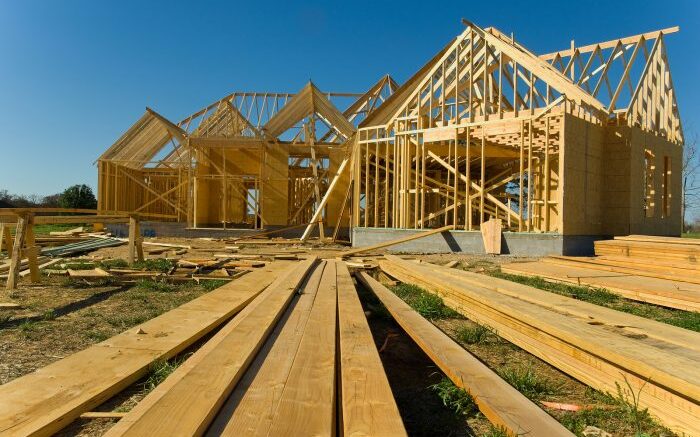ConDig (02-Apr-23) Construction spending in the US dropped more than expected in February amid high interest rates and companies and the government paring back projects, according latest figures from the U.S. Census Bureau.
Spending on construction projects fell 0.3% in February to $2.091.5 trillion compared with the revised January estimate of $2,096.9 billion. Economists were expecting construction spending to increase 0.7% in February. But the February figure was 10.7% above the February 2023 estimate of $1,889.6 billion
It comes as the estimated seasonally adjusted annual rate of public construction spending was $474.4 billion, 1.2% below the revised January estimate of $480.1 billion.
Spending on private construction was at a seasonally adjusted annual rate of $1,617.1 billion, largely flat with the revised January estimate of $1,616.8 billion.
Residential construction was at a seasonally adjusted annual rate of $901.1 billion in February, 0.7% above the revised January estimate of $894.5 billion, while nonresidential construction was at a seasonally adjusted annual rate of $716.0 billion in February, 0.9% below the revised January estimate of $722.3 billion.
“Virtually every nonresidential construction segment experienced a decline in spending in February,” said Associated Builders and Contractors chief economist Anirban Basu.
“In certain instances, the monthly decline was sharp, including health care (-2.2%), commercial (-1.9%) and water supply (-1.8%). The optimist will likely shrug off both the January and February nonresidential construction spending declines as merely reflecting winter weather. The pessimist will proclaim this release a wake-up call to contractors and an indication that higher interest rates have finally begun to make their mark.”
While 15 of 16 nonresidential construction segments recorded monthly declines on a seasonally-adjusted basis, all segments have experienced year-over-year growth in spending, he added.
ABC’s Construction Confidence Index indicates that contractors remain confident with respect to their sales over the next six months, signaling that the data could improve with the weather.
